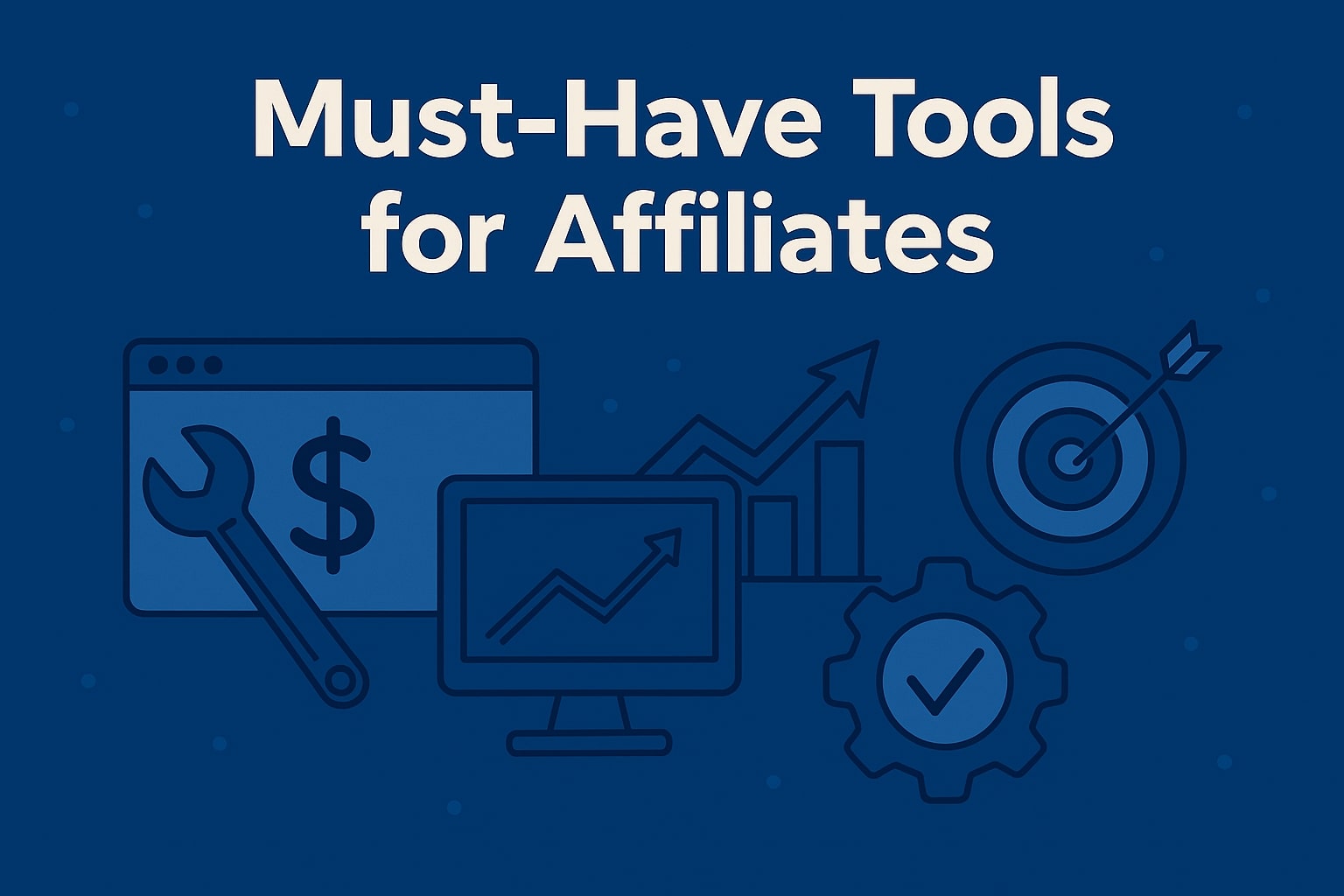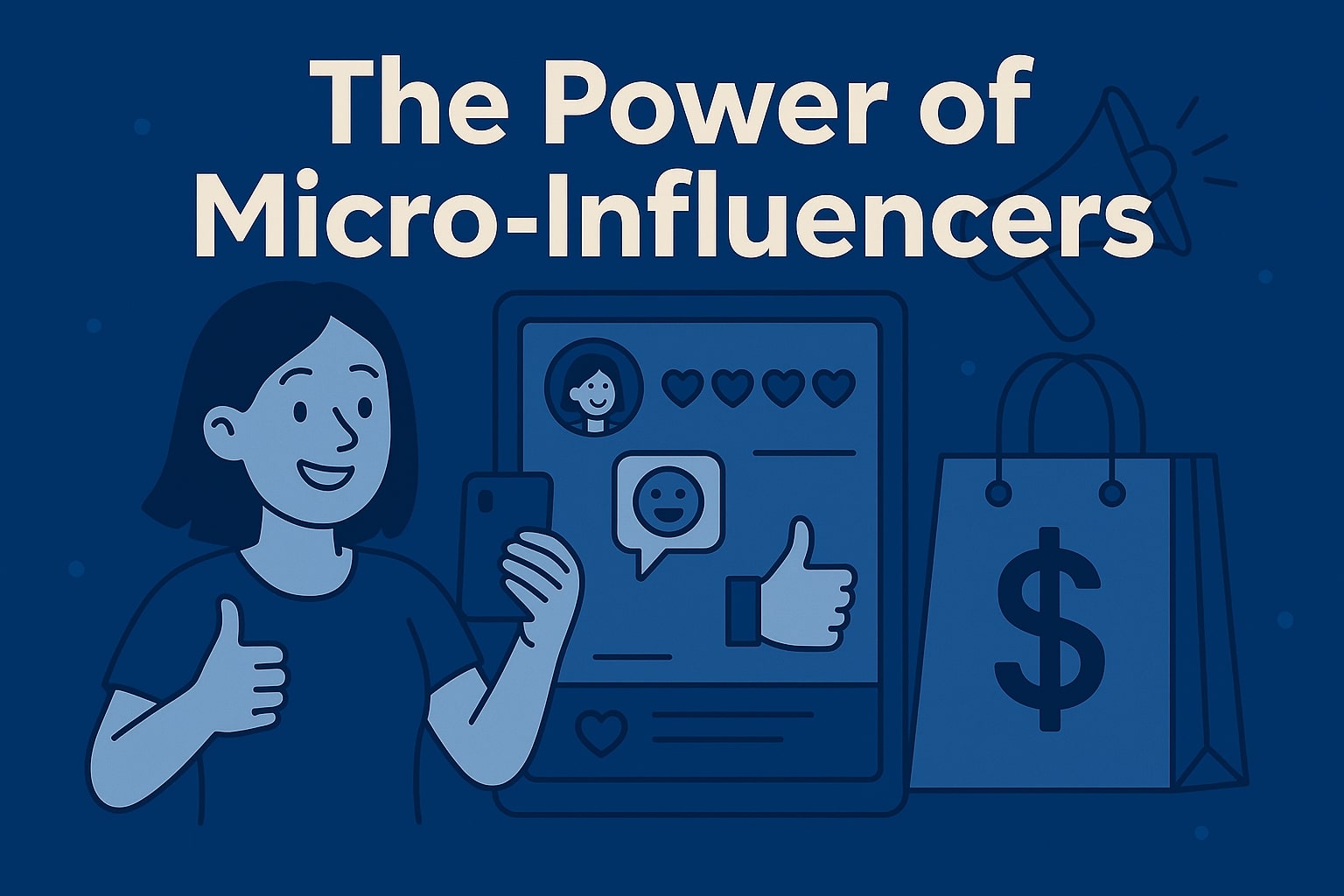Recruiting affiliates can feel a bit like online dating—swipe left on the wrong match, and you’re stuck with lackluster results; swipe right on a perfect partner, and suddenly your sales are skyrocketing. But fear not! Follow these steps, bolstered by research, to build a stellar affiliate team that will promote your brand like it’s going out of style.
Step 1: Get Crystal-Clear on Your “Dream” Affiliate
Before diving in headfirst, decide what makes an affiliate truly fabulous for your brand. Ask yourself:
• Who’s your target audience? If you sell eco-friendly yoga mats, a heavy-metal gaming streamer might not be your best bet—unless they’re doing tree-planting streams between headbanging sessions.
- What performance metrics matter? Look for affiliates who already demonstrate solid engagement (think strong click-through and conversion rates). After all, you want someone who can both attract and convert traffic.
- What values align? If your brand is all about sustainability, you’ll want to avoid affiliates promoting gasoline-powered blenders. Consistent messaging is key: it’s hard to pitch “save the planet” and then watch an affiliate rave about plastic-wrapped cheeseburgers.
By clearly defining the traits of your “dream” affiliate, you will avoid wasting time courting partners who aren’t a good fit.
Step 2: Build Relationships
Affiliates aren’t robots; they’re people who appreciate genuine relationships. Goldschmidt et al. (2003) emphasize that long-term partnerships are more fruitful than transactional, one-off arrangements. Here’s how to make that happen:
1. Initiate Friendly, Personalized Contact
🔹Skip the mass-blast “JOIN MY AFFILIATE PROGRAM!” email. Instead, write something like:
“Hey Alex—loved your post on sustainable travel gear (your composting tips had me in stitches!). We think you’d rock promoting our eco-yoga mats.”
🔹A short, sincere note goes a long way in building rapport. It shows you actually know their content and appreciate their voice.
2. Prioritize Long-Term Collaboration
🔹Let affiliates know you’re in it for the long haul (Goldschmidt et al., 2003). Share your brand vision—“We’re aiming to plant 10,000 trees by next year, and we want you in on that mission.”
🔹Schedule periodic check-ins (quarterly video calls or quick email catch-ups). A friendly “How’s life? Any fun weekend plans?” reminds them you value them as people, not just a sale machine.
3. Offer Incentive Programs That Actually Motivate
🔹Competitive commissions: According to Prussakov (2007), offering attractive commission structures is essential for motivating affiliates. Don’t settle for pocket change. If your standard is 5%, consider bumping it to 10–12% for top performers.
🔹Performance-based bonuses: “Hit 50 sales this month, and we’ll add an extra 5% commission for next month—plus a limited-edition tote bag with our logo.” Everyone loves a little friendly competition (and a free tote).
In short, invest in relationships early. A bit of personalization, clear long-term intent, and smart incentives create a win-win that keeps affiliates engaged.
Step 3: Leverage Technology (AI, Web3, and Beyond)
The days of manually combing through spreadsheets are over. Modern tech can streamline finding, vetting, and managing affiliates:
Tap Into AI for Predictive Analytics
🔹AI tools can sift through data to identify potential high-quality affiliates by analyzing their past performance metrics and audience engagement (Malenko & Shabala, 2024). Think of it as having a digital Sherlock Holmes hunting for top talent.
🔹Predictive models can also forecast which affiliates are likely to perform well in upcoming campaigns, helping you allocate your resources more effectively.
Embrace Web3 for Transparency and Trust
🔹Blockchain-based affiliate platforms offer enhanced transparency: every click, impression, and conversion is tracked on an immutable ledger (Malenko & Shabala, 2024). Affiliates who worry about opaque reporting will breathe a sigh of relief.
🔹Smart contracts can automate payouts once predefined conditions are met. No more “payment pending” nightmares—everyone sees exactly when a payout is triggered.
Adopt User-Centric (Decentralized) Models
🔹Shifting toward decentralized models can attract affiliates who value integrity and user privacy (Malenko & Shabala, 2024). Promoting an affiliate program built on user-centric principles tells affiliates you care about ethical data practices.
🔹When affiliates believe your program aligns with their own values—“No creepy data-mining!”—their enthusiasm and commitment often increase.
By integrating AI and Web3 technologies, you not only modernize your program but also signal to affiliates that you’re ahead of the curve.
Step 4: Communicate Clearly (No Corporate Jargon Allowed)
If your program guidelines sound like they were translated from Martian, affiliates will either flee or interpret them so loosely that your product ends up endorsed in bizarre contexts. Keep it simple:
Write Plain-English, Comprehensive Guidelines
🔹Clearly outline commission tiers, payout schedules, and approved promotional methods. For example:
“Commission: 10% on every sale. Bonus: Extra 5% if you exceed 30 sales per month. Allowed: Honest product reviews, social media posts, email newsletters. Not allowed: Fake endorsements, spamming, or claiming our eco-yoga mat cures hiccups.”
🔹Helmstetter & Metivier (2000) stress the importance of providing comprehensive resources and support so affiliates know exactly what’s expected.
Supply Resources and Point of Contact
🔹 Provide ready-to-use banners, sample posts, swipe-copy, and high-res product images. The easier you make promotion, the more affiliates can focus on selling, not hunting for logos.
🔹Assign a dedicated affiliate manager or team. Affiliates should know exactly who to contact with questions—no labyrinthine help-desk required.
Offer Regular Updates and Constructive Feedback
🔹Prussakov (2007) notes that keeping affiliates informed about product updates, promotions, and marketing strategies increases their engagement. Send monthly newsletters with new campaign themes or exclusive promo codes.
🔹If an affiliate’s messaging drifts off-brand—“No, Todd, our yoga mat does not grant you telekinesis”—reach out gently with suggestions on how to align their promotion with brand values.
Clear, jargon-free communication ensures affiliates feel supported and respected, not confused or bewildered.
Step 5: Vet Affiliates Like a Reality TV Producer
Not every potential affiliate will be a match made in heaven. Some may bring more drama than results. Conduct a careful vetting process:
Review Their Content and Ethos
🔹Make sure their tone and content align with your brand values. If they’re known for “shock-value” stunts and your brand is about serene, mindful living, that’s probably a mismatch.
🔹Check audience demographics: if they speak mainly to hardcore gamers and you sell artisanal cheese boards, conversions might be limited—unless you’re launching a cheese-themed RPG, in which case, carry on.
Check Performance History
🔹Ask for references or case studies. How did they perform with prior brands? Pat Prussakov (2007) highlights the importance of performance data in predicting future success.
🔹Analyze engagement metrics: followers are great, but are they active? A million followers who never comment or click are like having a big audience of mannequins.
Consider a Trial Run (Optional but Insightful)
🔹Offer a low-commitment test campaign: give them a small set of tracked affiliate links or sample products. See how they perform over a defined period (e.g., two weeks).
🔹Use that trial to gauge responsiveness, creativity, and basic metrics (clicks vs. conversions). Even a short trial can reveal a lot about their potential.
By vetting carefully, you’ll sidestep affiliates whose promises evaporate on impact—think gold-plated, but actually plastic.
Step 6: Track, Analyze, and Optimize (Rinse and Repeat)
Your job isn’t done once affiliates sign on. To keep the engine running smoothly:
Implement Robust Tracking Systems
🔹Use an affiliate platform that logs clicks, conversions, and commissions in real time. Affiliates should be able to see their stats anytime—no “am I really earning anything?”
🔹 Automate alerts for suspicious activity (e.g., a sudden spike in clicks with zero conversions might indicate click fraud).
Analyze Performance Metrics to Make Data-Driven Decisions
🔹Compare affiliate A’s “10 sales from 100 clicks” vs. affiliate B’s “8 sales from 20 clicks.” Clearly, affiliate B’s traffic is more qualified—and perhaps deserves a higher commission tier or extra support.
🔹Look for patterns: maybe video content drives stronger sales than blog posts. Tailor your resources accordingly.
Offer Ongoing Training and Resources
🔹Host quarterly webinars or “office hours” to share best practices. For instance: “Here’s how Affiliate X boosted conversions by 25% using Instagram Stories—let’s brainstorm how you can adapt that.”
🔹Keep your resource library fresh: updated banners, seasonal promo copy, and new policy notes. Helmstetter & Metivier (2000) emphasize that comprehensive support helps affiliates perform effectively.
Adjust Incentives Strategically
🔹If you notice certain affiliates hitting plateaus, consider special bonus opportunities. “Father’s Day Flash Bonus: All Father’s Day-related sales earn an extra 3% commission!”
🔹Use data to shape these incentives: reward those who consistently overperform, and offer growth plans for up-and-comers.
Consistent tracking, analysis, and optimization ensure long-term success—no one wants to be stuck on a hamster wheel spinning in place.
Step 7: Maintain Quality Over Quantity
It’s tempting to open the floodgates and let everyone join. But remember: 100 affiliates who send zero sales are worse than 10 rockstars who drive steady revenue. Goldschmidt et al. (2003) caution against prioritizing sheer numbers over meaningful partnerships. Here’s how to keep quality high:
Prune Underperformers Thoughtfully
🔹After reasonable support and check-ins, if certain affiliates consistently underperform, it might be time to part ways. Politely communicate:
“Thanks for your efforts, but our goals don’t seem aligned at this moment. If circumstances change, feel free to reapply.”
🔹This keeps your program lean and focused on productivity.
Celebrate and Incentivize Your Best Affiliates
🔹Recognize top performers with shout-outs in your newsletter, spotlights on social media, or small branded gifts (a coffee mug that says “I’m an Affiliate Hero” never hurt anyone).
🔹Create an Elite Tier offering exclusive perks—higher commissions, early access to new products, or a custom badge they can display on their site. Prussakov (2007) noted that recognition and reward can boost affiliate loyalty and performance.
Solicit Affiliate Feedback
🔹Ask, “What’s working? What’s not? How can we help you sell more?” Sometimes the simplest tweak—like clarifying a policy or providing a new banner size—can yield big results.
🔹Show you’re listening: if an affiliate suggests a better way to structure bonuses and it works, give credit. That fosters goodwill and deeper engagement.
Quality > quantity. Always.
Conclusion: Your Roadmap to Affiliate Success
By following these steps—defining your ideal affiliate, building genuine relationships (Goldschmidt et al., 2003), leveraging technology (Malenko & Shabala, 2024), communicating clearly (Helmstetter & Metivier, 2000; Prussakov, 2007), vetting carefully, tracking and optimizing, and prioritizing quality—your affiliate program will thrive. Remember: keep it human, keep it data-driven, and keep it fun. Now go forth, recruit those stellar partners, and watch your brand’s reach and revenues soar—preferably without tripping over any rogue affiliate memes.
Need help in finding the perfect match? — Write us at [email protected]
Resources:
Goldschmidt, R., et al. (2003). Long-term Partnerships in Affiliate Marketing.
Helmstetter, P., & Metivier, C. (2000). Affiliate Program Management: Communication and Support.
Malenko, N., & Shabala, Y. (2024). AI and Web3 Innovations in Affiliate Recruitment.
Prussakov, D. (2007). The Complete Guide to Affiliate Marketing on the Web.



